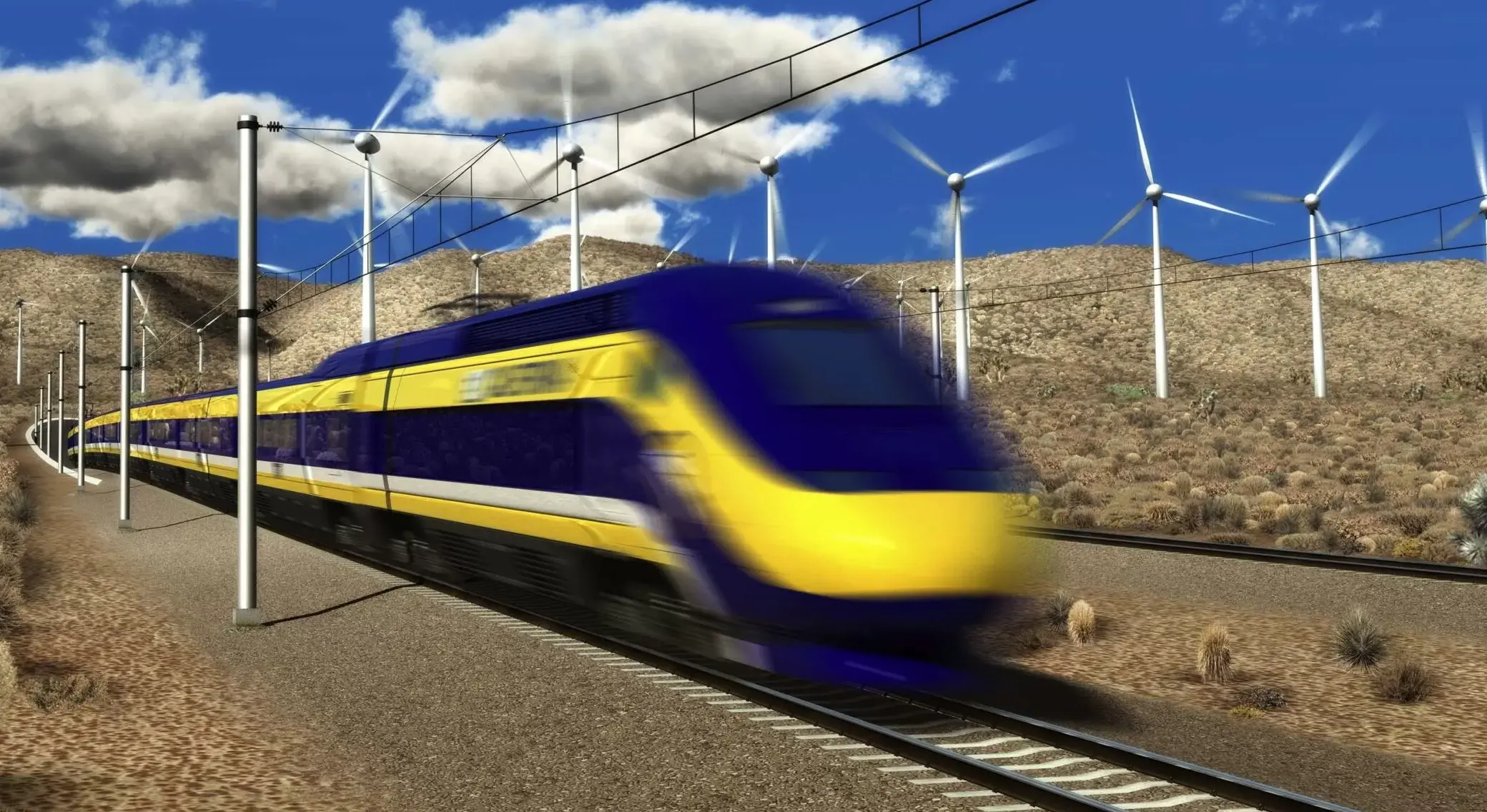For an alternate viewpoint, see “Point: Interstate Highway System Transformed America; So Can High-Speed Rail.”
Gov. Gavin Newsom and leaders in the California Legislature have reached a general agreement to provide long-term funding for the high-speed rail line from the “cap and invest” program.
Before state residents breathe a sigh of relief that this train is back on track, a recent piece on cost increases for the first section provided a sobering reality.
According to the California High-Speed Rail Authority, scope increases, cost escalation, closeout costs and completed designs would double the price from $26 billion to $51 billion. Additionally, the Trump administration plans to recoup $4.1 billion in federal funding that the Biden administration previously awarded.
As a result, the authority needs to close a large budget hole. Unfortunately, it lacks a clear plan. However, it has demonstrated its ability to be very creative with arithmetic.
The state proposes closing the gap by extending the cap-and-trade program from 2030 to 2045; however, this would cause construction delays. As a result, the state is attempting to identify profitable routes that can be added to the plan.
The authority is examining expanding the system northward, southward and eastward. The most profitable route it could find is a San Francisco-to-Palmdale line, which would generate $11 million more in operating profit over a 40-year period. That route would cost $60 billion to build. In reality, the exercise is an accounting shell game.
Even without the questionable finances, given the latest cost increases, it is worth asking why California is building the high-speed rail line. The answers are less compelling than they were 15 years ago.
High-speed rail isn’t a big win for the environment. Trains operating at capacity between Los Angeles and San Francisco will produce fewer greenhouse gas emissions than half-full airplanes flying between the two regions. The trains won’t reach the big cities until at least 2050, and there is no indication they will be full. Meanwhile, airplanes are now operating at 90 percent capacity, with aircraft engines becoming increasingly efficient. Several electric airplane engines are being tested.
Building a high-speed rail line is energy-intensive — far more so than constructing a new airplane. The irony of using cap-and-invest dollars meant to remediate energy-intensive uses for the construction of high-speed rail is apparently lost on California decision-makers.
It’s also not clear why California needs high-speed rail. Airplanes are just as fast and don’t require taxpayer subsidies. Intercity buses are the budget option. Driving is a customizable option for those traveling outside city centers or who need to stop between central cities.
Other countries built high-speed rail networks for two reasons: first, to relieve crowding on conventional rail, and second, to stimulate development before they had a limited-access highway network. There is no traditional rail between Los Angeles and San Francisco, hence no overcrowding. California already has a robust freeway network connecting the southern and northern parts of the state.
Using general fund revenue (which cap and invest is) to build high-speed rail is a wealth transfer from the working class to the business class. Trains often offer roomier seating and better food options, but these perks come at a cost. On most lines worldwide, high-speed rail requires significant operating subsidies.
Contrast high-speed rail with local transit funding, particularly local bus systems, which are used most by lower-income residents. With local transit, governments are supporting lower-income residents who might not be able to access employment without the service.
The high cost is not just a California problem. It also applies to other high-speed rail projects in the Midwest, South and West. Capital costs range from $20 million to $200 million per mile, depending on the required right of way, topography and permitting requirements. High-speed rail is expensive, even in low-cost states such as Texas, where the Dallas-Houston project’s cost ballooned from less than $10 million to more than $30 million per mile, making the project infeasible and causing the private sponsor to abandon it.
If the costs in Texas are too high, high-speed rail will not be cost-effective anywhere.


